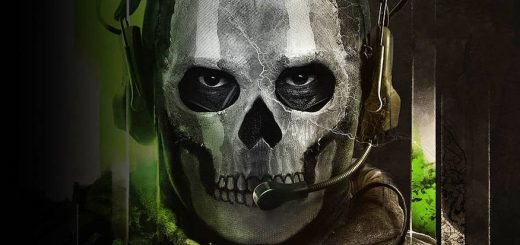Warhammer 40,000: Darktide's gunplay is deliciously meaty
It feels real good to shoot stuff in Warhammer 40,000: Darktide. This might not sound like the biggest deal – it’s always important for this type of horde-based, zombie-mowing game – but for Darktide good shooting is significant. Developer Fatshark, who previously made spiritual, franchise-adjacent predecessors Warhammer: Vermintide and Vermintide 2, hadn’t used actual FPS mechanics before, with Vermintide almost entirely based on melee. And doing it right in Darktide, it turns out, has been a challenge.
Warhammer 40,000: DarktideDeveloper: FatsharkPublisher: FatsharkPlatform: PC, Xbox X/SAvailability: PC out 30th November, Xbox “shortly after”.
“It’s been tricky,” says Mats Andersson, lead combat designer at Fatshark, who was speaking to us at Gamescom. He explains it’s something they had to build up to step-by-step, in part because of the game’s hybrid approach that mixes both melee and first-person shooting. “We knew that we wanted to do a hybrid kind of thing,” he said, “as we wanted to keep the melee part, because we wanted to extend it, rather than have a completely separate game mode with ranged combat.”
Originally Darktide had what Andersson called “simple ADS,” where holding aim will simply bring a ranged weapon up to the middle of the screen to give you that “aim down sights” perspective, like it would in most FPS games. But Andersson described the result, “if you just have a static animation with some spread on it,” as “less than stellar.” The big push, therefore, has been to “up the quality of that, and doing some more finicky and sophisticated things with recoil and spread, the swaying animation blend sets, lining everything up so it’s so controlled that the gun lines up and shoots where it needs to shoot.”
This sounds technical and, as Andersson put it, finicky, but he provided a good example. “With the lasguns,” the laser-based weapons used by some of Darktide’s Imperial Guard characters, “since we have beams, we can’t point the gun in one direction and shoot in another. It looks horrible. So we’ve made this overcomplicated thing of actually having all of those motions you see – they aren’t really animations, they’re code-driven, so the gun always kind of sways the way the next shot is going to go.” This also plays into another aspect of realism, where you might get hit while aiming, and the aiming animation shows that, but also still lines up with where you’re shooting off in a different direction – “but it’s really tricky, and it creates an even deeper mastery of it.”

